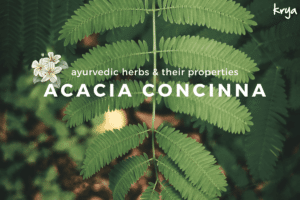This post was last updated on January 4, 2023 by Preethi Sukumaran
As I go over this post in 2020, a full 9 + years since we wrote this to announce the launch of our soapberry detergent, I marvel at how far Krya has come. From a single product, the Krya Classic detergent, a detergent made purely from whole soapberries, we now have a portfolio of 100+ products in home care, hair care and skin care.
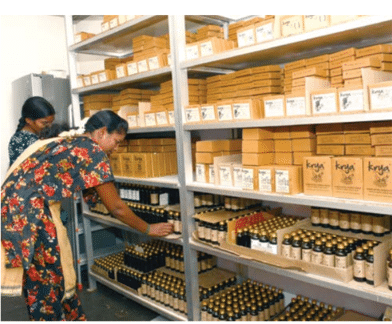 Krya customer service team at work
Krya customer service team at work
When we wrote this post in Jan 2011, we had no manufacturing facility of our own , and made the the Krya Classic Detergent at our 3P facility in our partner farm. Today we manufacture all Krya products in-house at the Krya factory in Chennai. We use over 250 whole herbs, organic lentils, organic grains, organic cold pressed vegetable oils and steam distilled organic essential oils to make our ayurvedic choornams (powders) and oils. No part of the manufacturing process is outsourced. Every single product is made from scratch, using whole organic herbs, grains and oils by the Krya team.
We could not have predicted this journey on Jan 1st 2011. We hoped we would be able to go the distance, but had no way of knowing if we would.
To everyone reading this, we would like to say thank you. Thank you for supporting us and helping us through this journey. We see our work at Krya as a part of our mission to bring back more environmental sustainability, Indic pride and the healing powers of India’s true wealth: our systems of medicine and our divine herbs. We want more and more Indians to understand the wealth of pure heritage and understand our role as custodians and guardians of this sacred land.
We also want more and more Indians to experience the divine healing of Ayurveda, Siddha and India’s herbs. An urban family can easily avoid using all synthetics and toxins and use well formulated products to clean and care for themselves and their homes, just by choosing the power of herbs.
It is our continuing mission to make these alternative, natural and toxin free products available to all of India – so we thank you for being here, reading our words and supporting us as we all walk together, onwards and upwards.
The Launch of India’s first soapberry detergent : the Krya Classic detergent
We unveiled our first sustainable goodie yesterday, the soapberry detergent that can be used easily and efficiently in your Washing machines and substitutes all synthetic detergent products.
The Krya Classic detergent is made from 2 species of Soapberry: Sapindus mukorossi and Sapindus trifoliatus. It is formulated to be used in HE machines, Front load machines and top load machines and for hand wash. It has no added fragrances, and can be used for all kinds of laundry, including baby’s linen, modern cloth diapers, etc.
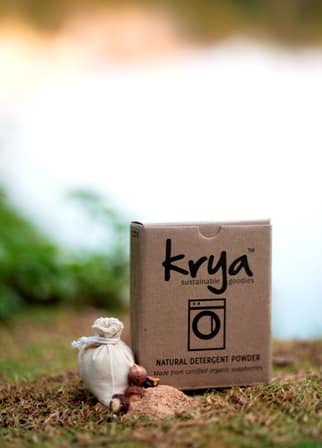
All the wash water generated from the machine can be DIRECTLY used in your garden or safely recycled in your RWH system. The detergent is excellent on handlooms, natural dyes, saves water, is hypoallergenic, and is biodegradable and compostable.
Two years ago I had no idea of the existence of such an awesome fruit. Through an incredible concatenation of events, Preethi & I found ourselves with a bag of Sapindus shells. We were thoroughly intrigued by the possibilities. What started off as an innocent laundry experiment 2 years ago has snowballed into our first business venture.
However I digress.
The Sapindus Group of trees: natural plant surfactants
The Sapindus is a group of around 10 species of trees whose fruits can be used as surfactants. These are by no means the only plant based cleansers available to us in India or across the world.
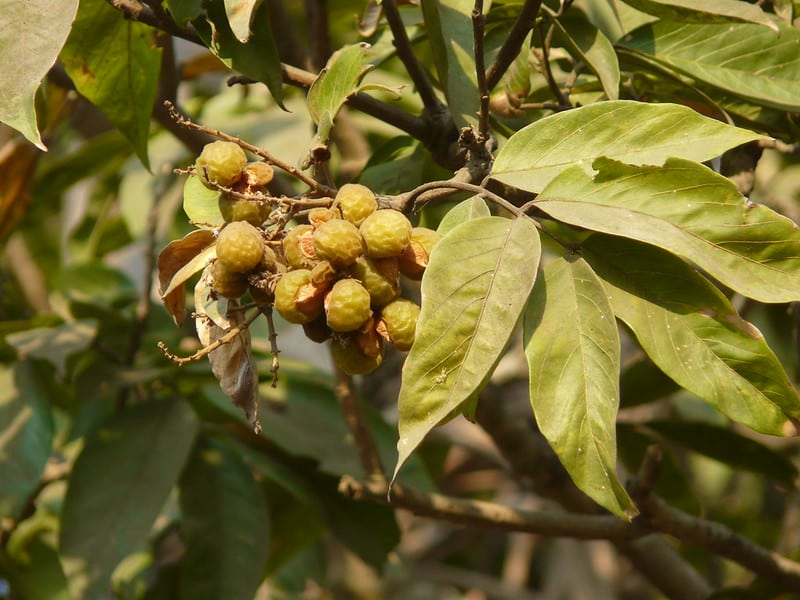 Photo courtesy: Dinesh valke – https://www.flickr.com/photos/dinesh_valke/
Photo courtesy: Dinesh valke – https://www.flickr.com/photos/dinesh_valke/
In India, we have many more plant based cleansers like Shikakai, Inguda (Desert date), and many astringent and cleansing leaves , barks and roots which we can use for various kinds of cleansing needs like washing the hair, having a bath, doing the dishes or mopping the floor.
The name Sapindus is derived from the Latin words Saponis, meaning soap and Indicus, meaning from India. They are commonly known as soapnuts or soapberries. Soapnuts, though isn’t technically right – as they are fruits and not nuts. For the botany snob hidden in you, we can go a step further and call them “pericarp” – or the outer part of the fruit which is what we use to manufacture our soapberry detergent.
India is home to several species of Sapindus. The two most well known of these are the South Indian Sapindus trifoliatus & the Himalayan Sapindus Mukorossi. All species of Sapindus are useful detergents in their own way.
The secret ingredient in the soapberry detergent
The secret ingredient in the Soapberry is the Saponin which makes it a useful surfactant (or detergent). Saponins are amphiphilic glycosides found in various plant species and in certain marine organisms. Soapwort plant, Soapberries, Ginseng and even Quinoa contain saponins.
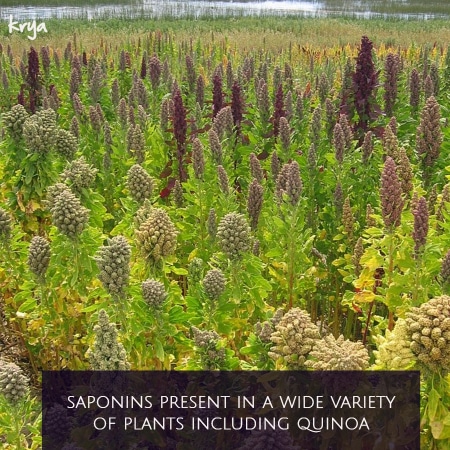
Saponins possess many remarkable medicinal properties. They act as deterrents to microbial and fungal attacks, have an insecticidal property because of their bitter nature and also help generate natural foam, helping people use them for cleansing purposes.
How do surfactants clean?
Plain water does not usually remove oily particles or tough dirt stains from clothes. The addition of surfactants helps to clean clothes in a two step process.
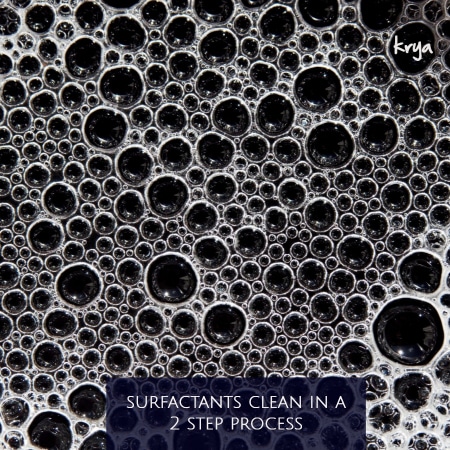
1. Reduce surface tension
The surfactant molecules have a water-loving head that attaches to water molecules and a water-hating tail that attaches to the dirt molecules. This creates a force that detaches the dirt from the clothes & suspends the dirt in the water. The agitation of the washing machine or scrubbing by hand further helps detach the dirt from the clothes. As a result of the dirt getting detached the water now starts looking murky.
2. Emulsification
Now that the dirt has been removed, it is critical that they don’t re-deposit on the clothes. This is the done by the second action of the surfactant i.e emulsification. Emulsification is the process by which the dirt and the water form a mixture. This keeps the dirt suspended in the water till it is washed down the drain
Environmental hazards of synthetic detergents:
The Ministry of Environment & Forest classifies industries as Red, Orange and Green, depending on how polluting they can be to the environment. Red industries are defined as heavily polluting industries, whose clearances are renewed every year. Synthetic detergents and soaps fall into the Red classification.
Synthetic Detergent manufacturing is usually a resource intensive, potentially heavy polluting activity.
The synthetic detergents used in India come with many environmental and health hazards:
- Petrochemical based LABSA formulation
- High use of Phosphates due to lack of regulation (upto 40% in India) leading to fresh water pollution when discharged after use
- Undisclosed combination of Industrial fragrances and enzymes which are potential allergens triggering skin sensitivity and respiratory disorders
Most importantly, detergents continue to pollute downstream, when used by the end consumer. The grey water discharged from homes after the laundry is done is full of excessive phosphates, enzymes and industrial fragrance. This water usually enters fresh water bodies, rivers and ponds where it causes algal bloom, and eutrophication making water un-potable.
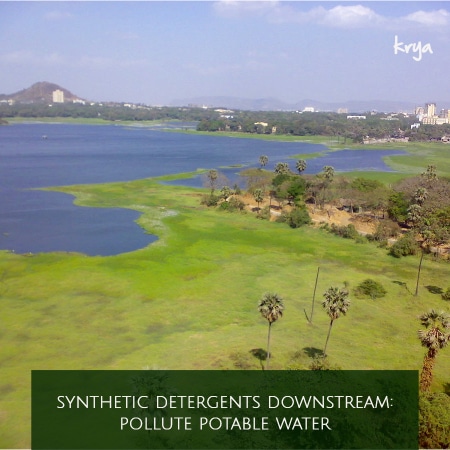
In countries like India, where ground water pollution is very high and high population in urban cities is leading to higher and higher extraction of ground water, adding to ground water pollution is an ecological disaster.
Human sensitivity to synthetic detergents is on the rise. With the constant addition of highly powerful enzymes to improve the cleansing ability of synthetic detergents, we see a spike in respiratory allergies, skin allergies. Enzyme allergy is also a common occupational hazard for workers employed in the detergent industry.
A soapberry detergent: other benefits
Plants like the soapberry , because of the natural saponins in them are excellent cleansing plants. The fruits can be used whole or extracted in many ways to substitute practically all synthetic cleansers in the home.
Apart from basic cleaning, here are some other properties of the soapberry fruit:
- It is forest collected – so it helps generate income among tribal co-operatives and groups whose livelihood depends upon this
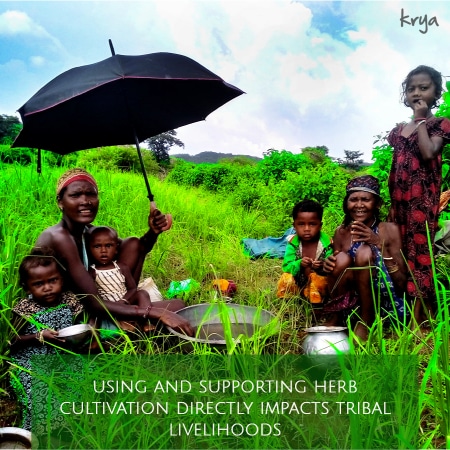
- It is an incredibly productive tree: once the soapberry tree reaches maturity, which takes roughly 10 years, it starts producing soapberries every single year – a good harvest can be between 250 – 500 Kg per year
- The fruit is bio-degradable and compostable – so unlike synthetic detergents it does not leave any trace of its existence after use.
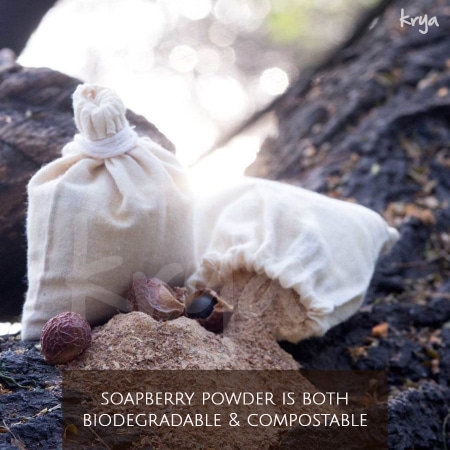
- A soapberry detergent uses less water – as soapberries generate less foam compared to synthetic detergents – so the washing process saves upto 50% water
- The grey water generated during the use of Soapberries can be easily recycled to water the garden or into your RWH system. So unlike synthetic detergents, there is no water wastage nor is there any contamination of water bodies (as ingredient like phosphates are not used)
- In the event you cannot recycle your wash water, the grey water after using Soapberries , does not harm marine organisms, or pollute water and soil – so it can be safely discharged
- The fruit is excellent for skin cleansing and is used in Ayurveda to clean gangrenous wounds and eczematic lesions. So, it is hypoallergenic, is gentle on skin, and leaves no chemical residue on clothes, that can be harmful to skin.
To sum up: the soapberry detergent – a detergent for our Future
In the last 10+ years since we chanced upon this fruity-smelling, sticky , brown berry, we have been able to eliminate almost every single toxic chemical cleaner, hair and skin care product we used in our home. One can safely say that the Soapberry was the key that opened up this magical world of Ayurveda and Indian herbs for us at Krya.
This lead to the mission we call Krya, where we worked on creating a formal platform to disseminate this knowledge and provide thousands of other Indians a chance to detoxify their homes and use safe, wonderful herbs like soapberries for all their hair, skin and home care needs.
To people who are skeptical about the use of plants around the home we say this: Regular chemical detergents have been around for the last hundred years or so. However humans and dirty clothes have been around for thousands of years. More often than not it has been the fruit that’s a detergent that saved the day.
We hope this article inspired you to seek better, toxic free choices around your home. If you have any questions on the Krya soapberry detergent or our range of home care, hair and skin care alternatives, do write to us or call us (0-75500-89090)



